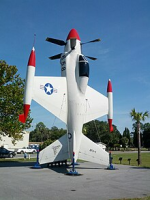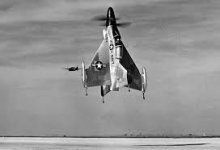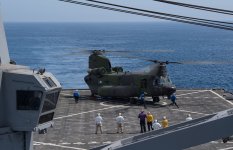I see it as a very slim possibility.Are you ruling out the building of V-280 knock-offs by China’s basal state north of the USA and south of the North Pole?
Canada didn't invest any funds into any of the development of the next generation helicopter programs, nor barely mentioned any interest thus far
Nor does the Bell Textron plant in Canada manufacture any of their military product lines
I don't see Bell wanting to invest a bunch of money into various changes to that plant to build airframes and provide jobs to Canadians when Canada didn't invest a dime into any of the former/current programs or expressed any interest yet in even purchasing the product.
The only way i see it happening is if the Canadian government takes proactive steps & it ultimately benefits Bell, OR if their order book is so chalk full of orders they have to increase production capacity and it makes sense to expand that capacity to include their Canadian plant (for various parts, or whole aircraft)
I don't see us building any knockoff versions for China here for some pretty obvious reasons
Plus Trudeau will be gone by then, so we won't have such an admirer of theirs at the helm.




